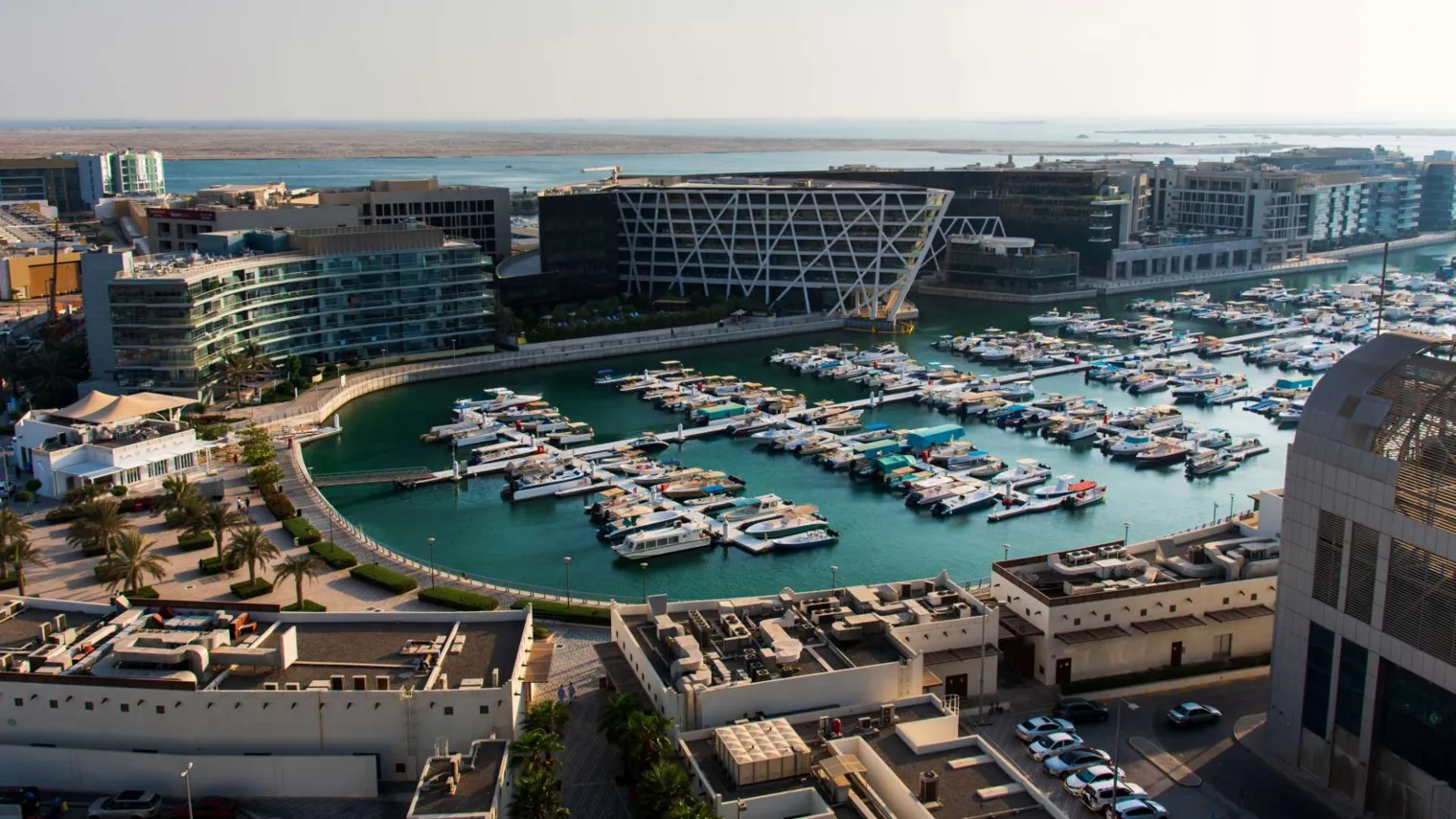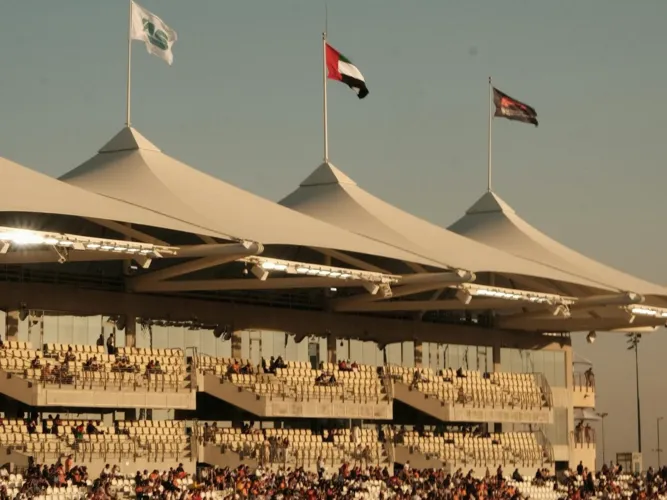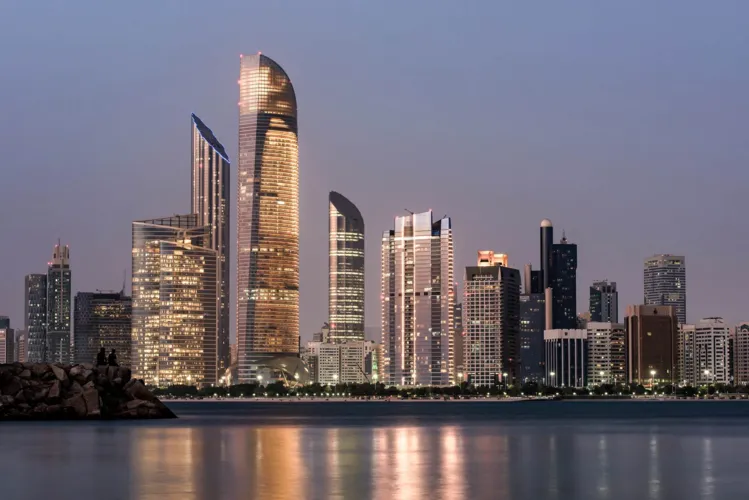Abu Dhabi GDP Growth Forecast: Strong Non-Oil Sector Drives Expansion
Abu Dhabi’s economy is set for robust expansion, with the International Monetary Fund (IMF) forecasting a 4.2% growth rate for 2025, rising to 5.8% in 2026. This optimistic outlook is largely fueled by the emirate’s non-oil sector, strategic infrastructure investments, and continued expansion in real estate and finance.
A Steady Climb: Abu Dhabi’s 2025 Growth Projection at 4.2%
The IMF’s latest projections reaffirm Abu Dhabi’s economic resilience, even as global markets adjust to fluctuating oil prices. While the UAE economy as a whole is expected to expand by 4% in 2025, Abu Dhabi is positioned to outperform national averages, reflecting its diverse economic foundations.
With oil prices hovering around $66.9 per barrel, market analysts suggest that Abu Dhabi’s ability to decouple from traditional oil dependency plays a crucial role in sustaining growth. The emirate’s economic strategy emphasizes non-oil diversification, ensuring stability amid shifting global energy dynamics.
2026 Forecast: Abu Dhabi’s Growth Accelerates to 5.8%
As regional economies navigate new global market conditions, Abu Dhabi stands out for its forward-thinking investments. The projected 5.8% GDP growth rate in 2026 signals increasing confidence in financial services, infrastructure development, and real estate expansion.
Government initiatives have strengthened foreign investment inflows, with Abu Dhabi’s status as a business hub attracting capital from across the Middle East and beyond. Recent expansions in logistics and tourism bolster forecasts, further cementing the emirate’s economic sustainability.
Regional Perspective: How Abu Dhabi Compares to GCC Peers
While Abu Dhabi leads in growth forecasts, other Gulf Cooperation Council (GCC) economies show mixed results. Dubai, for example, is expected to grow at 3.3% in 2025, increasing slightly to 3.5% in 2026. Meanwhile, Saudi Arabia’s GDP outlook dropped from 4.6% to 3% in 2025, highlighting the region’s varying responses to global economic shifts.
One major factor contributing to Abu Dhabi’s relatively stable trajectory is its robust fiscal reserves and diversified investment approach. GCC states differ in economic structures and reserve levels, meaning their ability to absorb market fluctuations varies significantly.
MENA Outlook: Regional Growth Adjustments
In a broader Middle East and North Africa (MENA) perspective, average regional growth is forecasted at 2.6% for 2025, rising to 3.4% in 2026. These figures mark a downward revision compared to previous estimates, yet Abu Dhabi continues to chart an upward trajectory.
The IMF’s reassessment of MENA economies underscores how regional developments impact long-term financial planning. Despite adjusted forecasts, Abu Dhabi maintains a positive investment outlook, reflecting confidence in economic diversification and policy frameworks.
Conclusion: Abu Dhabi’s Path Forward
The Abu Dhabi GDP Growth Forecast suggests a dynamic future, driven by non-oil sector performance, infrastructure advancements, and regional market resilience. As 2026 approaches, the emirate remains at the forefront of economic transformation, leveraging strategic investments to sustain long-term prosperity.
Read Also: Abu Dhabi Green Economy Trends: Pioneering Sustainability Through Finance & Innovation







